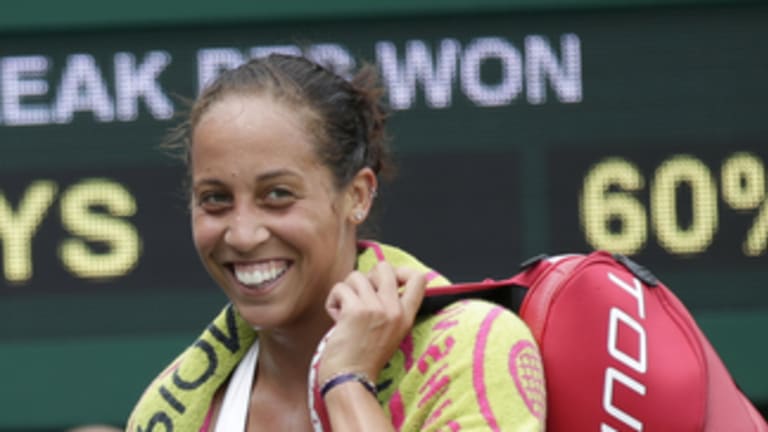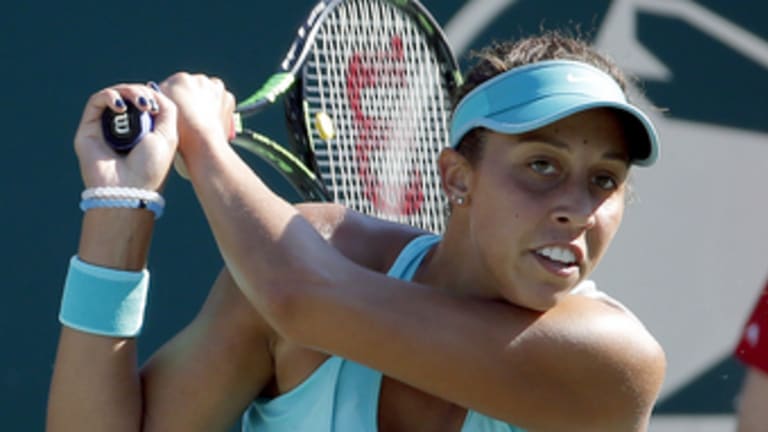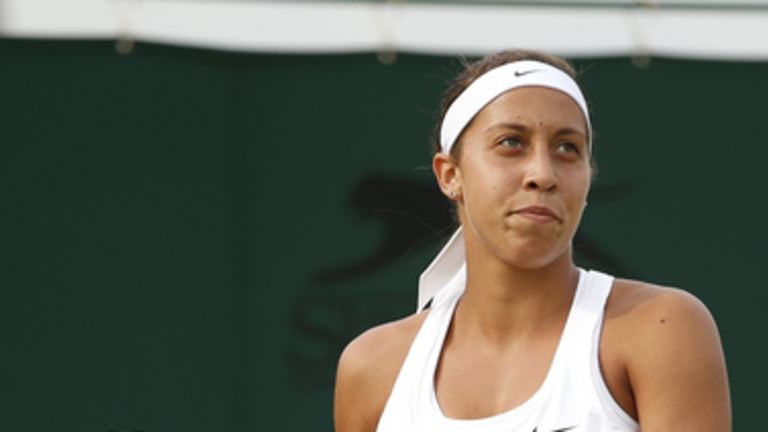Before her first press conference of 2016, Madison Keys walked into the interview room at the Australian Open with a baseball cap pulled backwards over her head, a string of earrings down each lobe and a tiny silver stud in her nose. Her hair, still wet after a shower, hung down over her shoulders. Earlier that afternoon, after shaking off some rust and quieting a few butterflies, Keys had won her opening-round match at the year’s first major, and she couldn’t help flashing her trademark toothy grin as she leaned forward to banter with half a dozen members of the U.S. media.
It was a new year, and while these reporters had been chronicling Keys’ every move since her days as a forehand-pulverizing prodigy from Florida, this was in many ways a new player who sat before them.
Over the previous 12 months, Keys had cracked the Top 20 on tour and made herself a threat at the Grand Slam tournaments. Along the way, she had made many American tennis fans believe that there might actually be a future for the sport in this country after Serena Williams retires.
Yet in the off-season, Keys had surprised the tennis world by splitting with former No. 1 Lindsay Davenport, the coach who many credited with her breakthrough. She hired a new, full-time team. Keys would be 21 the following month—had she left her slyly, shyly sarcastic teenage self behind?
Maybe. Or maybe not.


